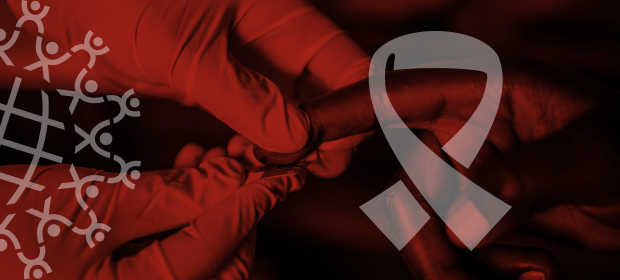Where We Work
See our interactive map


Close to 800,000 Zambians received HIV services—including testing, counseling, antiretroviral therapy (ART), tuberculosis screening, and more—through IntraHealth International’s HTC Project, which for five years focused on serving clients who are often the most difficult (and crucial) to reach.
Throughout 2012–2018, the project provided HIV care and services to female sex workers, men who have sex with men, transgendered individuals, prison inmates, couples, pregnant and breastfeeding mothers, adolescent girls and young women, adolescent boys and young men, cross-border traders, seasonal farmers, miners, military and police personnel, fishmongers, and persons with disabilities.
Zambia’s epidemic remains most severe among these groups, so reaching them with the care and services they need is crucial to curbing HIV in the country.
The HTC team used targeted strategies to reach each of these populations. To reach female sex workers, for example, they liaised with the women’s supervisors, known as Queen Mothers. To reach men, who are often less likely to pursue health services, they used the Healthy Images of Manhood approach, a health education program that aims to change the norms around traditional beliefs of masculinity and femininity, particularly in seeking out health care.
738,951 Zambians received HIV testing services and their test results, including 69,679 from key populations.
To accomplish this, project staff trained and worked with the health workers best positioned to reach these clients: lay providers, social behavior change promoters, and community activists. Together we worked in ten districts across Lusaka, Western, and Southern provinces, which have high rates of HIV (prevalence in Lusaka surpasses 16%) to achieve these results and more:
IntraHealth’s HTC Project—or Improving and Expanding Access and Uptake of HIV Testing and Counseling (HTC) for Individuals, Couples and Families in Selected Urban and Rural Populations in Lusaka, Western, and Southern Provinces of the Republic of Zambia—was funded by the US Centers for Disease Control and Prevention.



